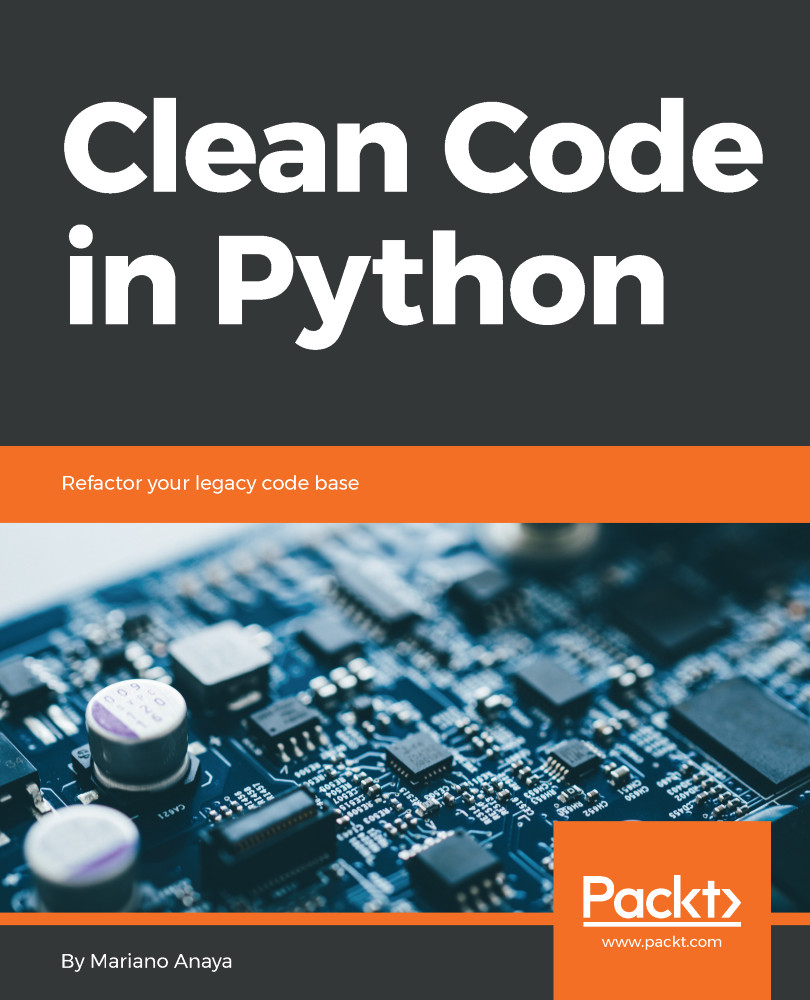The canonical reference in this subject, as written by the GoF, introduces 23 design patterns, each falling under one of the creational, structural, and behavioral categories. There are even more patterns or variations of existing ones, but rather than learning all of these patterns off by heart, we should focus on keeping two things in mind. Some of the patterns are invisible in Python, and we use them probably without even noticing. Secondly, not all patterns are equally common; some of them are tremendously useful, and so they are found very frequently, while others are for more specific cases.
In this section, we will revisit the most common patterns, those that are most likely to emerge from our design. Note the use of the word emerge here. It is important. We should not force the application of a design pattern to the solution we are building, but...


